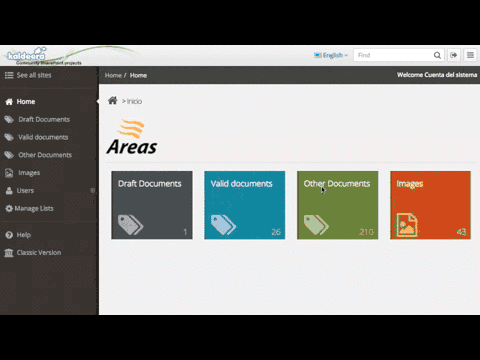Why ng sharepoint
In version 2010 of SharePoint, Microsoft incorporated a new client object model (CSOM). With version 2013, a new REST interface was added. It provides a complete API to access data and perform almost all the operations available on the server data objects.
With all of these improvements, Microsoft has been recommending the use of client side technologies (Javascript) to develop platform applications. This strategy aims to avoid deployment of server solutions that can damage performance or even cause undesired server resets.
This development model is widely spread and has been adopted by the community for the development of web and mobile applications. Thanks to that, there is an extensive list of open source libraries and frameworks that can be used to develop our applications.
ng-SharePoint is developed with AngularJS and its ultimate goal is to simplify and make it easier to develop client-side applications over the SharePoint platform.
This library pretends:
- Use modern development techniques based on standard patterns (MVC).
- Leverages the power and capabilities of one of the most popular frameworks that currently exists (AngularJS).
- Two-way data bindings
- Dependency injection
- Reusable components using directives
- Routing
- Third-Party Modules
- Use REST api of SharePoint to allow creation of platform independent solutions (Phonegap)
- Simplify the development process, avoiding compilations, deployments of solutions, hight privileges over the server, IIS resets, ...
- Facilitate future SharePoint migrations. Our applications simply need to be copied to the new environments and with minimal adaptations they will continue running properly.
- Allow creation of modern UI's and good user experiences that improve standard SharePoint UX/UI.
Responsive UI developed with ng-SharePoint
